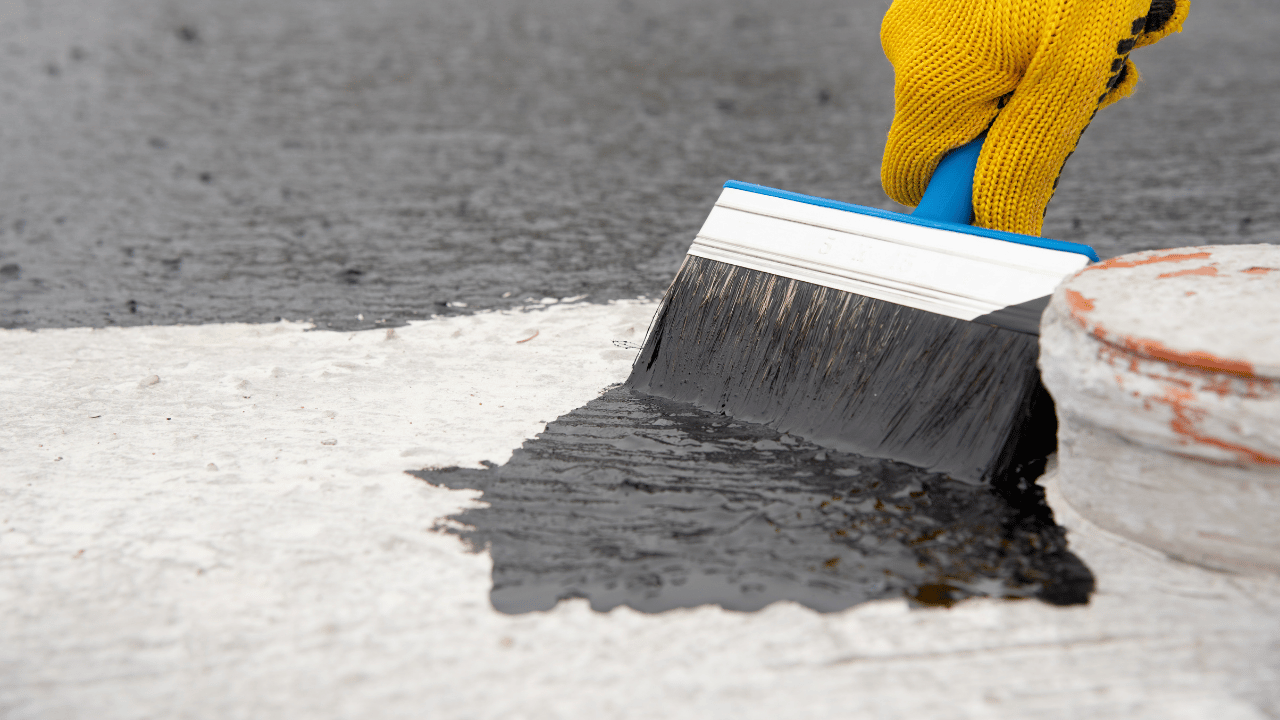Effective Weather-proofing Strategies for Shipping Containers
In today’s world, shipping containers play a crucial role in the transportation of a vast array of goods across the globe. However, these containers are exposed to different weather conditions during their journey, leading to potential damage and degradation of the products housed within. One cannot control the weather, but they can certainly weather-proof their shipping containers. This blog post will provide you with three practical and efficient weather-proofing strategies that help maintain the integrity of your cargo.
Use of Weather-resistant Materials
 The first and foremost step in weather-proofing your shipping containers is the use of materials that inherently resist environmental elements. Weather-resistant metals like Corten steel, known for its long-lasting and corrosion-resistant properties, are widely used in the manufacturing of shipping containers. However, even these materials can succumb to persistent harsh conditions over time.
The first and foremost step in weather-proofing your shipping containers is the use of materials that inherently resist environmental elements. Weather-resistant metals like Corten steel, known for its long-lasting and corrosion-resistant properties, are widely used in the manufacturing of shipping containers. However, even these materials can succumb to persistent harsh conditions over time.
Therefore, the application of protective coatings and paints can provide an additional layer of protection. These coatings are designed to resist moisture and reduce the rate of heat transfer, keeping the internal temperature of the shipping containers stable. Ensure you choose paints with anti-corrosive properties for maximum durability.
Insulation and Ventilation
Proper insulation is crucial for maintaining the temperature and humidity levels inside the shipping containers. Insulating materials such as spray foam, panels, or blanket insulation can be used depending on the cargo’s specific needs. Not only does insulation help in moderating temperature variations, but it also prevents condensation buildup, which could lead to corrosion or damage to the cargo.
Along with insulation, effective ventilation should also be incorporated in your weather-proofing strategy. Ventilation allows for a continuous change of air, preventing the buildup of moist air inside the container. Installing roof vents and side vents can help achieve this while ensuring your cargo remains dry and secure.
Regular Maintenance and Inspection
 While the use of weather-resistant materials and adequate insulation are fundamental steps, regular maintenance of your shipping containers is also vital. The smallest of issues, like minor rust spots or small leaks, can escalate into significant problems if left unattended.
While the use of weather-resistant materials and adequate insulation are fundamental steps, regular maintenance of your shipping containers is also vital. The smallest of issues, like minor rust spots or small leaks, can escalate into significant problems if left unattended.
Plan for regular inspections to assess the container’s current condition and identify any potential issues early on. Pay close attention to the roof and door seals, as these areas are most vulnerable to weather damage. Clean and repaint any areas that show signs of rusting, and replace damaged seals promptly.
Conclusion
In conclusion, the safety and security of your cargo largely depend on the weather-proofing techniques you apply to your shipping containers. Using weather-resistant materials, ensuring proper insulation and ventilation, along with regular maintenance and inspections, are your best defense against adverse weather conditions. With these strategies in place, you can ensure that your shipping containers can withstand the harshest of weather conditions while keeping the integrity of your cargo intact.










Leave a Reply